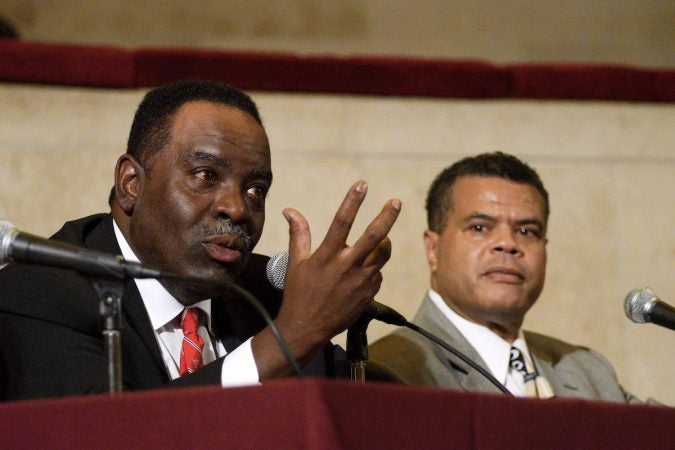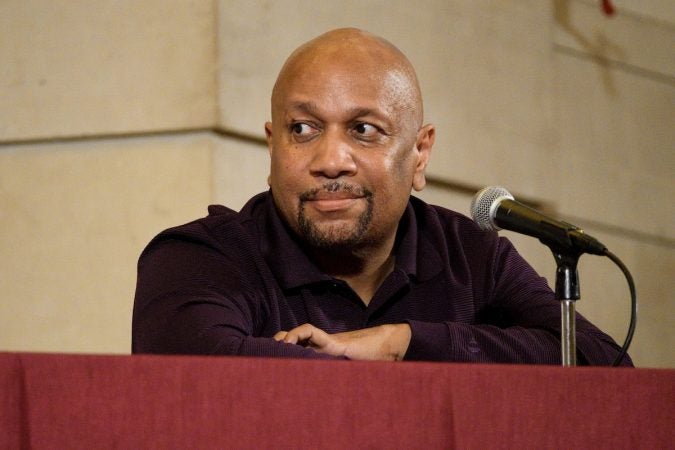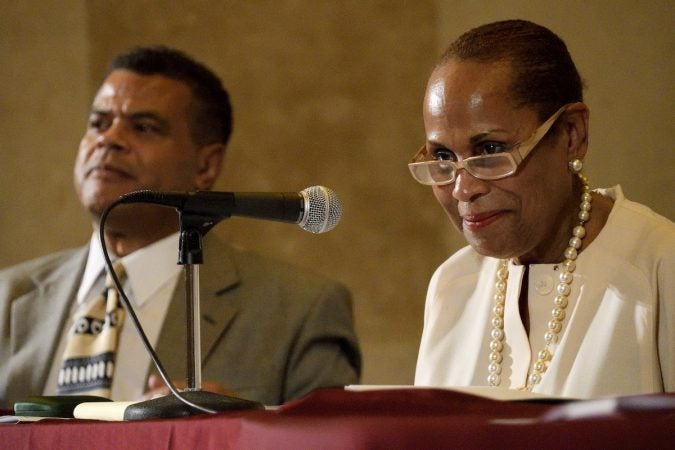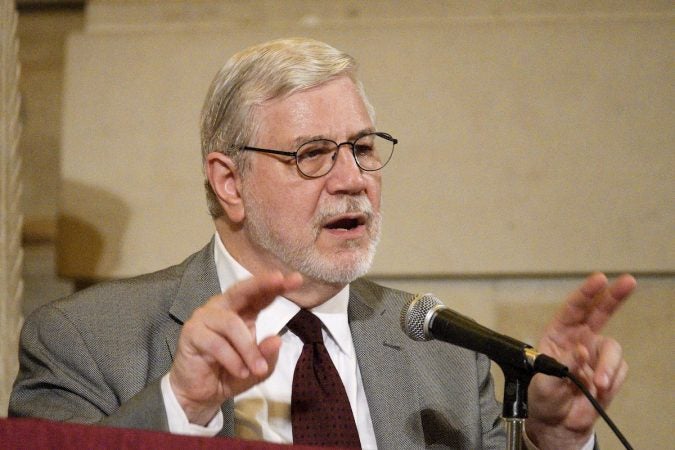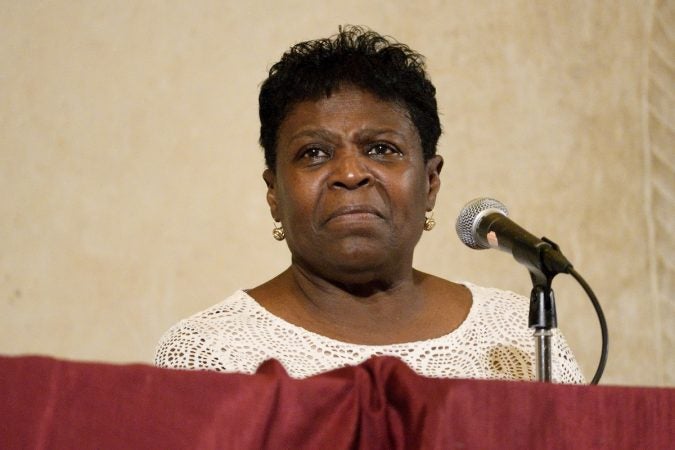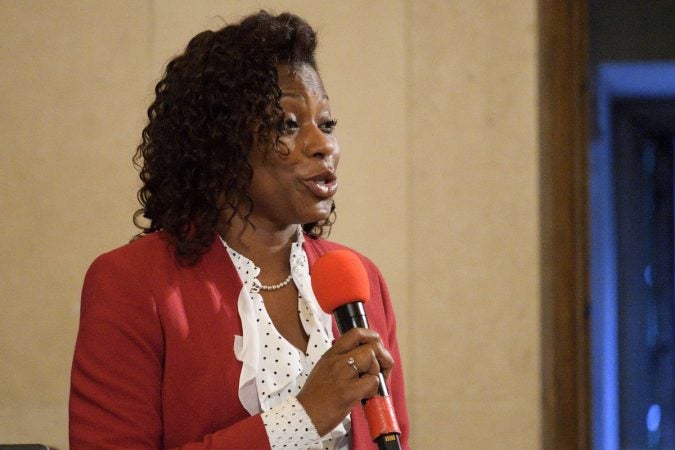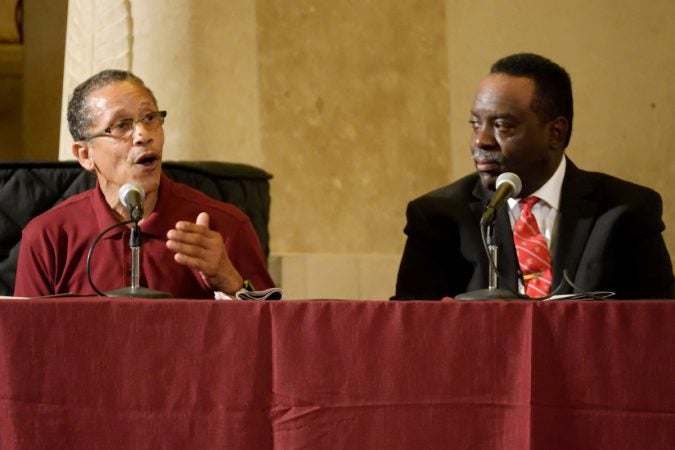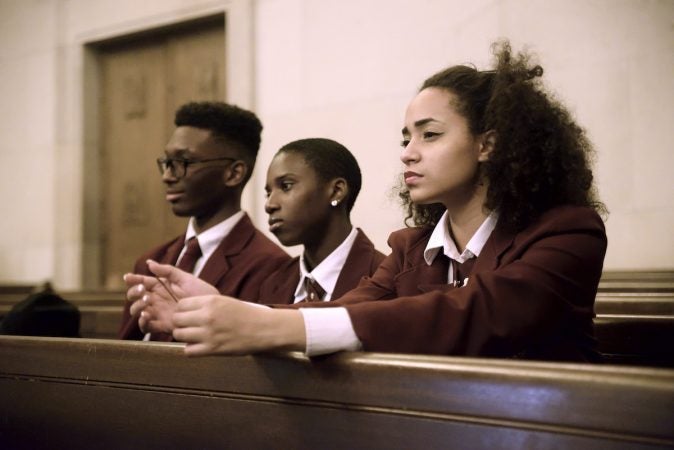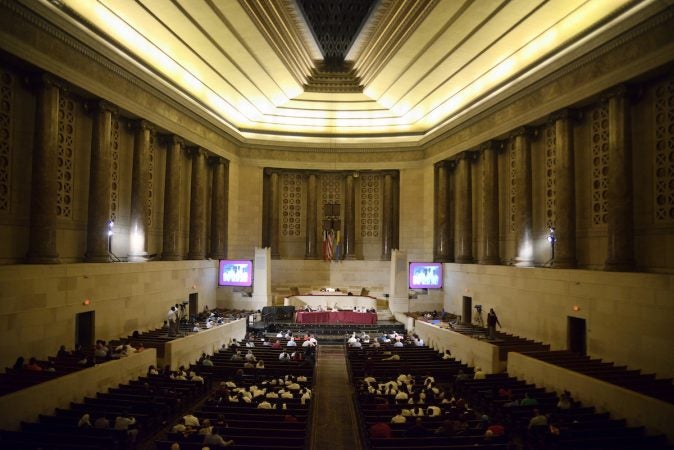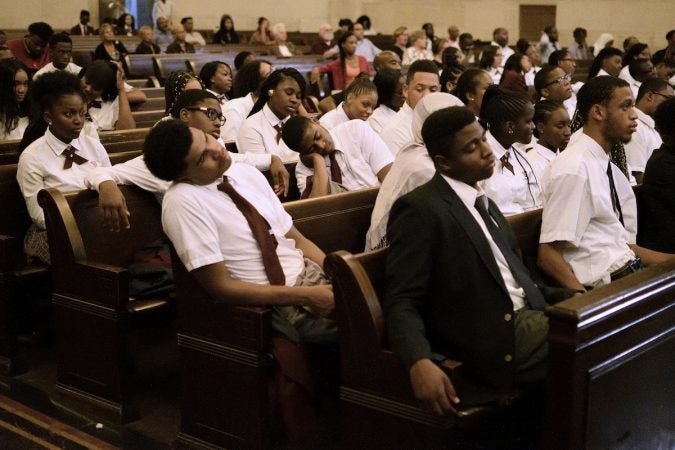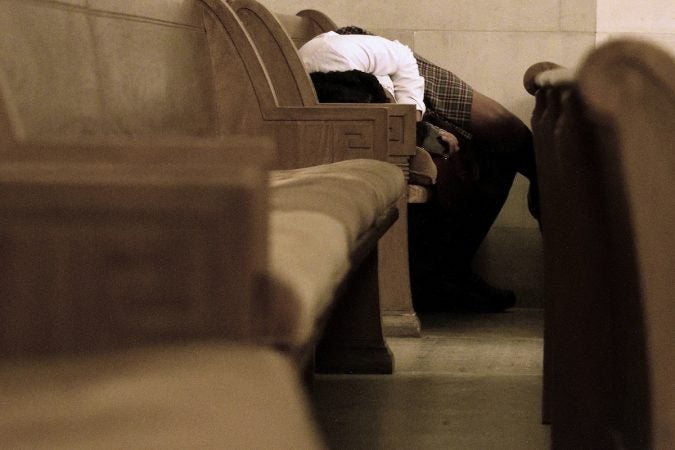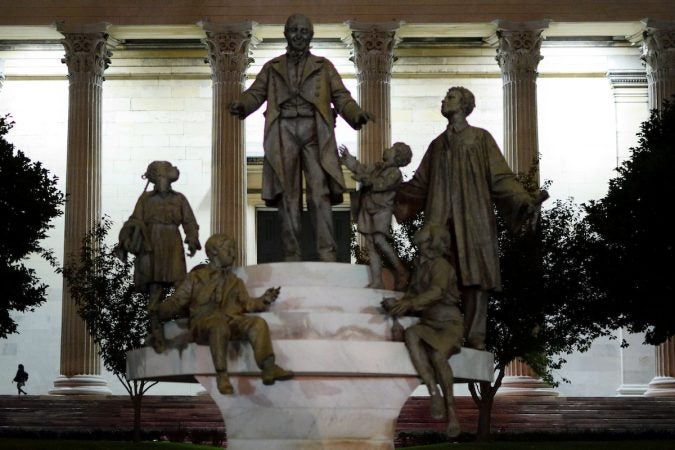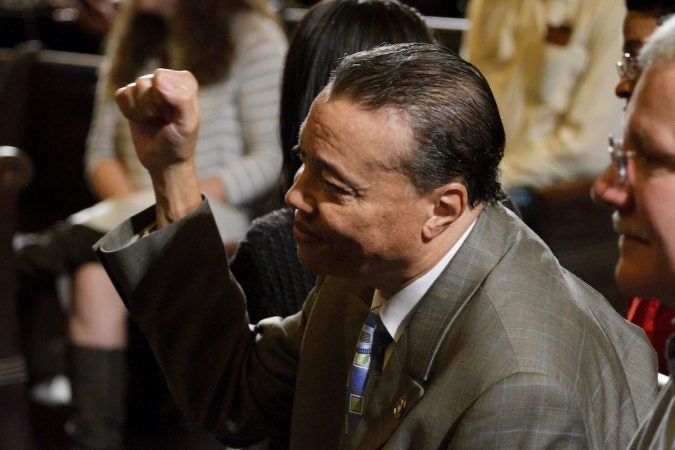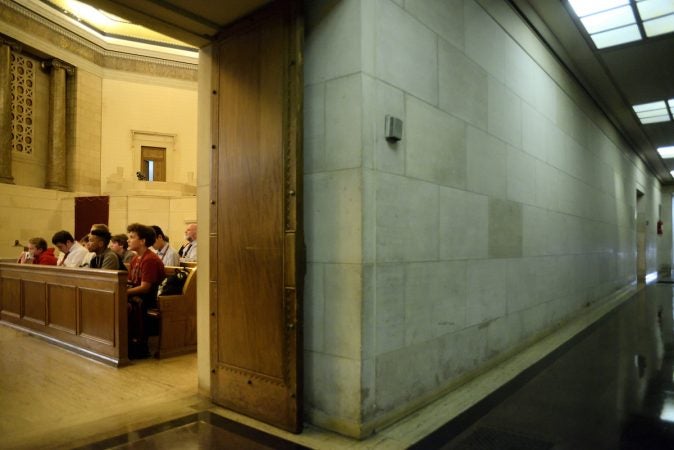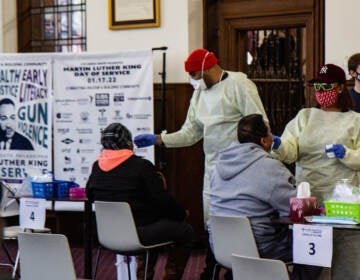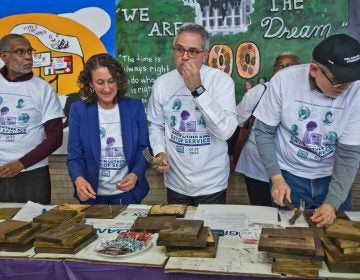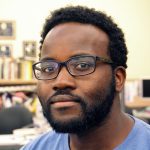Girard College celebrates the 50th anniversary of its integration
Girard College celebrated 50 years of being open to students of color Tuesday by honoring the school’s first black and Asian-American students.
-
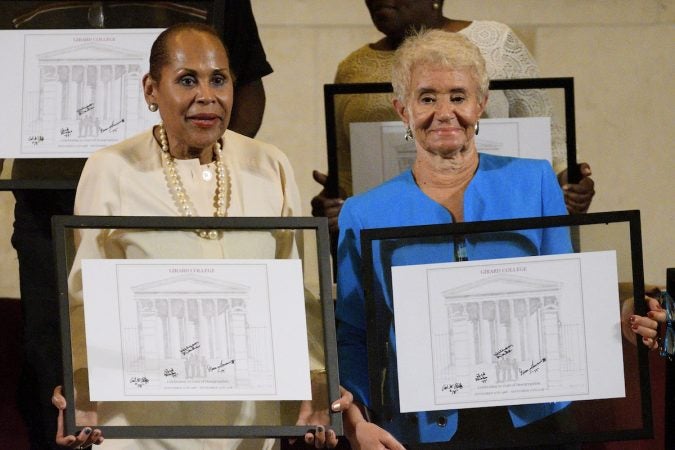
Freedom Fighters, activists, and pioneers are honored for their involvement in the civil rights demonstrations of the 1960s at Girard College, during an event commemorating the 50th anniversary of the desegregation of the once all white, male school. (Bastiaan Slabbers for WHYY)
-
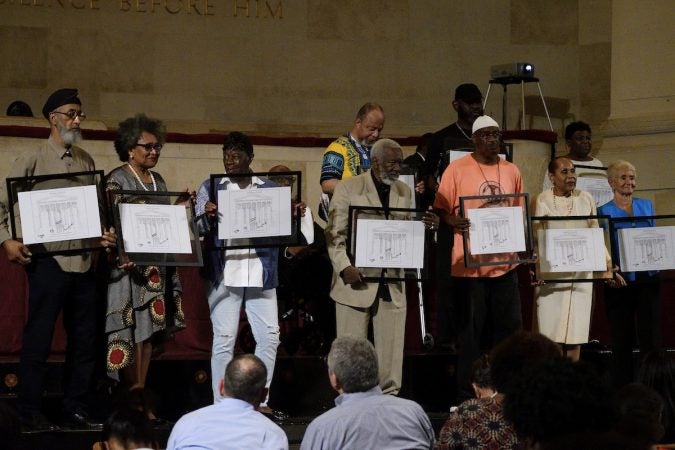
Freedom Fighters, activists, and pioneers are honored for their involvement in the civil rights demonstrations of the 1960s at Girard College, during an event commemorating the 50th anniversary of the desegregation of the once all white, male school. (Bastiaan Slabbers for WHYY)
-
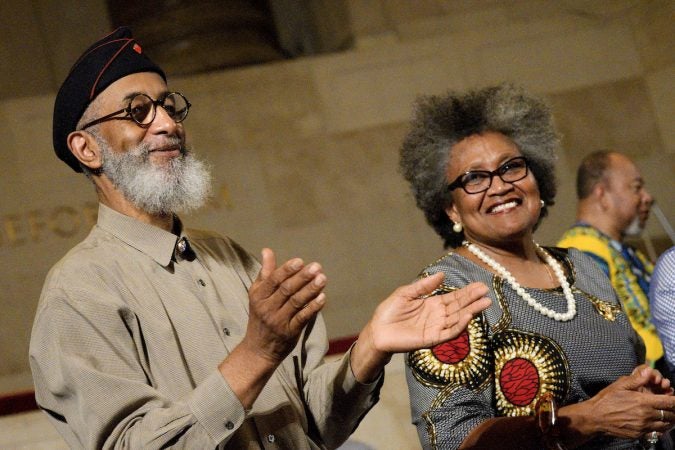
Freedom Fighters, activists, and pioneers are honored for their involvement in the civil rights demonstrations of the 1960s at Girard College, during an event commemorating the 50th anniversary of the desegregation of the once all white, male school. (Bastiaan Slabbers for WHYY)
-
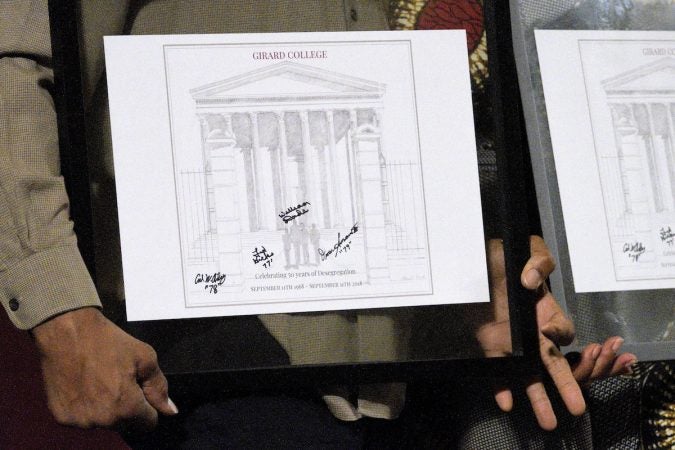
Freedom Fighters, activists, and pioneers are honored for their involvement in the civil rights demonstrations of the 1960s at Girard College, during an event commemorating the 50th anniversary of the desegregation of the once all white, male school. (Bastiaan Slabbers for WHYY)
Girard College celebrated 50 years of being open to students of color Tuesday by honoring the school’s first black and Asian-American students and the protesters who pressured Girard to integrate.
On September 11, 1968, four black and two Asian-American students broke the color barrier of the boarding school.
“It was a scary thing,” said Carl Riley, one of the trailblazing students, at the Tuesday evening event. “But like a couple of panelist said, when we came we had that bond automatically. We knew we were the first but we also had to stick together because it was only us.”
The other black students were William Dade, Owen Gowans III, and Theodore Hicks. All four were honored.
The two Asian-American students, Buddha Dalantinow and Nathan Youngs, were not present for the event.
The school was created as a legacy of multi-millionaire Stephen Girard, who died in 1831. He willed that the school be founded with the intent of serving only “poor, white, orphan, males.”
The school opened in 1848, upholding his wishes.
But in 1954, black attorney Raymond Pace Alexander started a 14-year court battle which ultimately ended with an appeal to the U.S. Supreme Court in May 1968, and opened the school’s doors to students of all races.
In 1965, attorney and president of the Philadelphia chapter of the NAACP Cecil B. Moore brought the desegregation efforts to the streets through protests. The movement garnered national attention, highlighting racism outside of the South. Dr. Martin Luther King, Jr. even spoke at one of the demonstrations.
Bernyce Mills-DeVaughn was one of the protesters honored at the commemoration. She participated in the demonstrations when she was 16-years-old.
At that age, she said, she didn’t foresee being a part of history.
“I never in my wildest dreams ever thought I would be standing on this stage with people saying this is what you did 50 years ago,” she said.
Today the school is co-ed and the student population is majority black.
WHYY is your source for fact-based, in-depth journalism and information. As a nonprofit organization, we rely on financial support from readers like you. Please give today.


